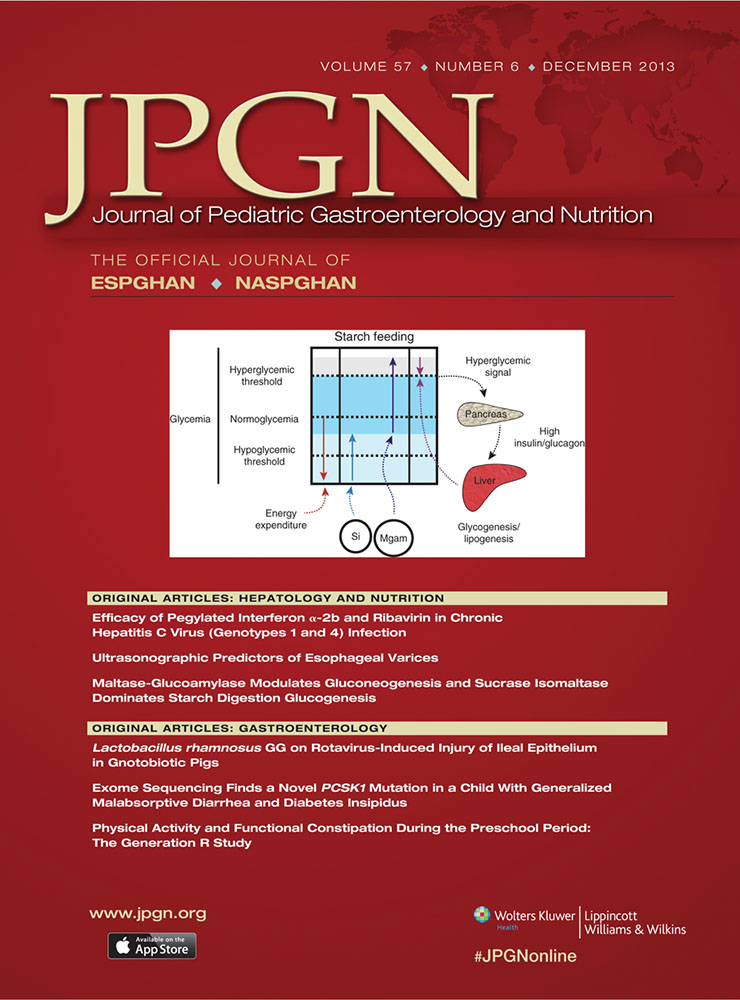Effect of a Low-Intensity Parent-Focused Nutrition Intervention on Dietary Intake of 2- to 5-Year Olds
Supplemental digital content is available for this article. Direct URL citations appear in the printed text and are provided in the HTML and PDF versions of this article on the journal's Website (www.jpgn.org).
The authors report no conflicts of interest.
ABSTRACT
Objectives:
Community-based nutrition interventions aimed at influencing child dietary intake are rarely evaluated. We hypothesised that providing self-directed nutrition and parenting resources to parents living in rural northern New South Wales, Australia, would positively affect the dietary patterns of children ages 2 to 5 years.
Methods:
A total of 146 parent–child dyads (76 boys, ages 2.0–5.9 years) were randomly assigned to either a 12-month parent-centred intervention involving self-directed education provided in CD and DVD formats, or a participant-blinded control group who received generic nutrition and physical activity information. Data were collected at baseline, 3, and 12 months.
Results:
Total reported energy from nutrient-dense food groups and percentage energy from energy-dense, nutrient-poor foods were high at baseline relative to estimated total energy expenditure for child age. Using random effects modelling, there were significant group-by-time effects for a reduction in mean (standard deviation) total energy intake (EI) at 12 months (−461 kJ/day (196); P = 0.04). An intervention group-by-time effect on carbohydrate intake (−17.4 g/day (10.6); P < 0.05) was largely attributable to decreased consumption of breads and cereals (−180 g/day (80); P = 0.007). Decreases in energy-dense, nutrient-poor foods were not statistically significant.
Conclusions:
The proportion of total EI from noncore foods in children in rural New South Wales is high and did not improve in response to a low-intensity nutrition intervention. Parents reported small changes in consumption frequency for core and noncore food intakes, leading to a reduction in total EI. Strategies to increase resource use such as prompting via e-mail are required to further explore the effectiveness of nutrition resource dissemination at a population level.




